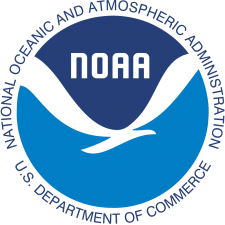Generation Ocean: Coral Reefs

How Scientists Study Coral Reefs – ENGAGE
ACTIVITY OVERVIEW:
Students use 360 film to take a virtual fieldtrip alongside coral reef scientists. They visit and learn about the research being performed by scientists in the Florida Keys National Marine Sanctuary and laboratories at the National Oceanic and Atmospheric Administration and University of Miami.
AUDIENCE:
K – Gray
ESSENTIAL QUESTIONS:
- What is a coral?
- What is a coral reef?
- Why is coral important?
- What methods do scientists use to study coral?
TIMEFRAME:
Film is approximately 7 minutes. Recommend allotting 20 minutes to accommodate for headset instruction and debriefing after film.
MATERIALS:
ACTIVITY STEPS:
- Teacher briefly introduces class activities and Generation Ocean: Coral Reefs 360 film. [3 min]
- Teacher provides overview of VR headset and/or YouTube controls for 360 viewing. [3 min]
- Students view film via headset or personal device (phone, tablet, computer) with headphones. [7 min]
- Class debriefs to ensure learning objectives are met and understood. [7 min]
EVALUATION:
Many options exist for student evaluation products that can be catered to the needs of an individual class. Possibilities include grading based on participation in debrief discussion, completion of brief survey/quiz, or team-based creation of an Adobe Spark presentation highlighting the significance of corals and the reasons for conserving them. In all cases, grading would be based on the knowledge gains and level of content shared by student.
ADAPTATIONS:
For those without a full classroom set of devices (e.g. virtual reality headsets, computers, smart phones, or tablets), we recommend:
- Teacher controlled viewing from YouTube via overhead projection (mouse can be used to guide the students’ view).
- Film viewing via Station Rotation Model. Examples of content that could be used for other stations include: brief readings on coral reefs, other short web-based films discussing corals and their significance or local reefs if applicable, maps of coral distribution around the world, or abbreviated versions of the coral activities that follow in unit.
Generation Ocean: Coral Reefs Partners


